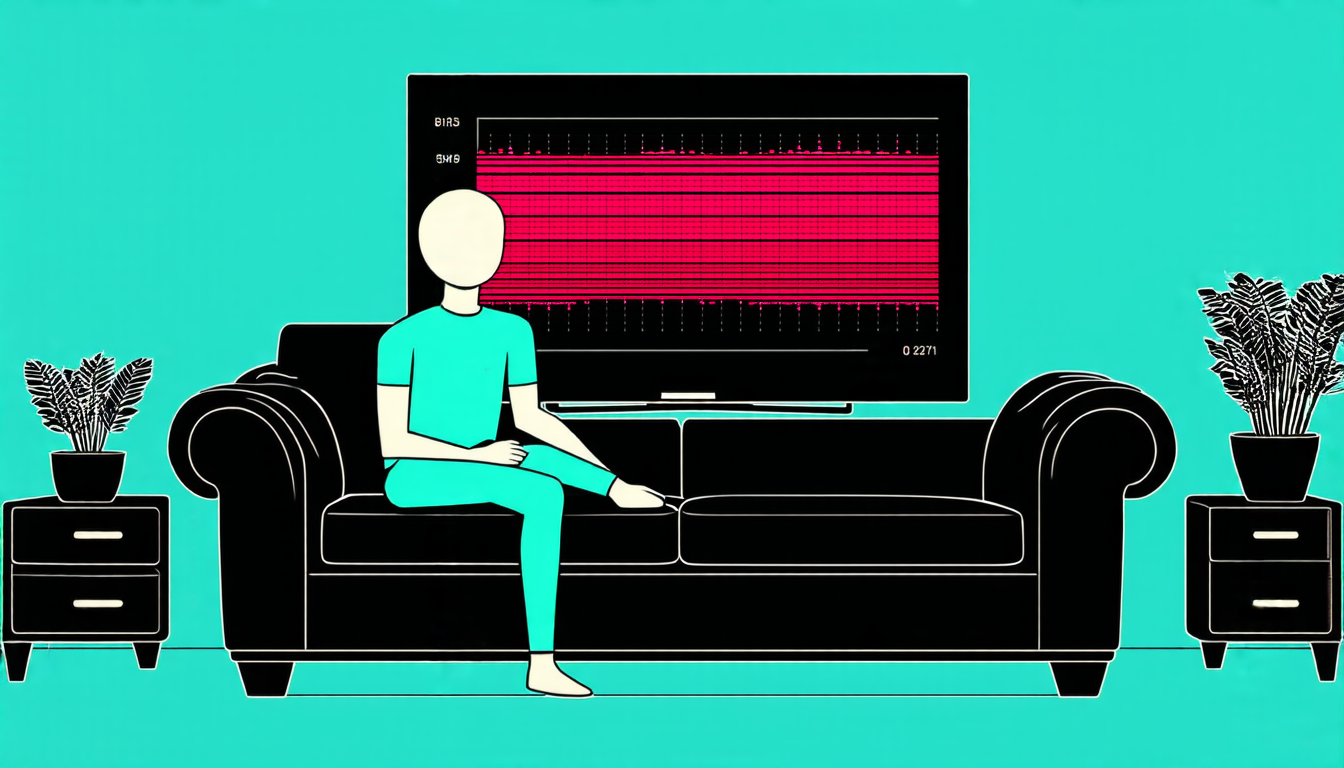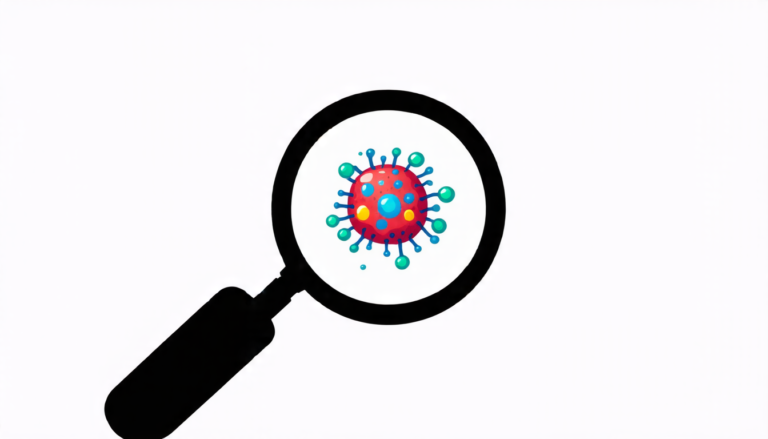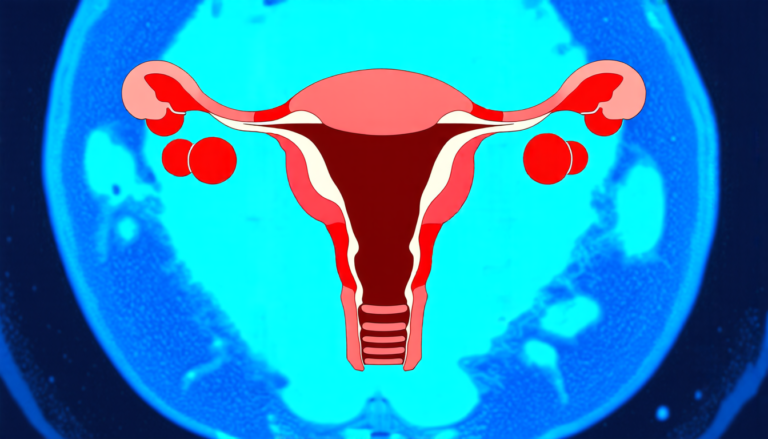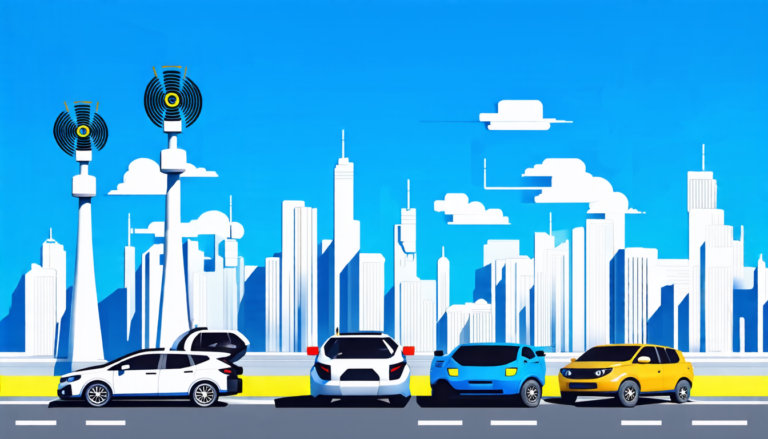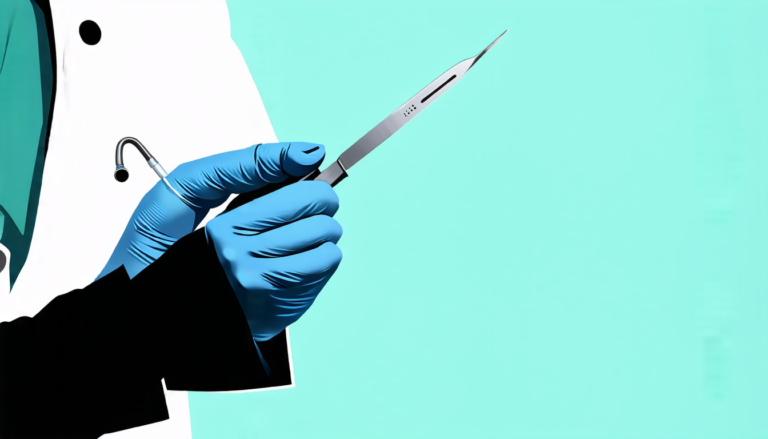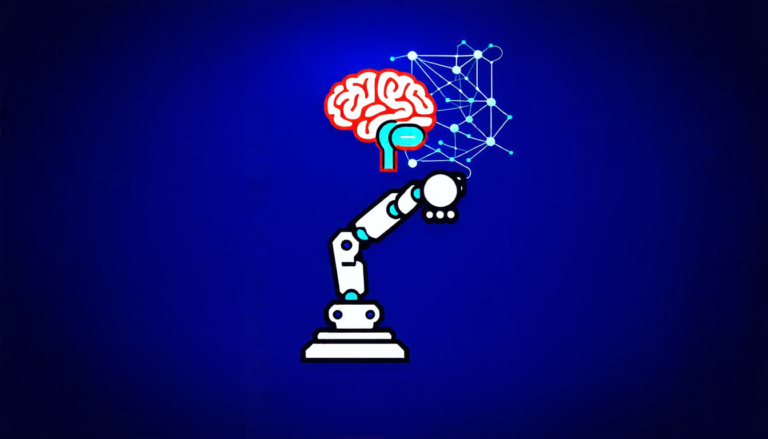Sunday 06 April 2025
In a breakthrough that could revolutionize the way we monitor our vital signs, researchers have developed a new method for extracting heart rate data from video footage. This isn’t just about monitoring your heart rate while you’re exercising or feeling stressed – it’s about using cameras to non-invasively track your physiological signals in real-time.
The team behind this innovation used a combination of machine learning algorithms and image processing techniques to develop a system that can detect the subtle changes in skin tone and color caused by blood flow. This allows them to extract heart rate data from video footage, even under low-light conditions where traditional methods fail.
The approach is based on the idea that cameras can capture more than just visual information – they can also detect subtle changes in skin reflectance caused by physiological signals like heart rate. By analyzing these changes, researchers can infer what’s happening inside the body.
To develop this system, the team used a dataset of video footage captured under various lighting conditions and containing a range of physiological signals. They then trained machine learning models to identify patterns in the data that corresponded to specific physiological signals – including heart rate.
The results are impressive: the system was able to accurately extract heart rate data from video footage even when it was recorded in low-light conditions or when the subject was moving. This opens up a wide range of possibilities for non-invasive monitoring, from tracking vital signs during exercise or surgery to monitoring patients with chronic conditions.
One potential application is remote health monitoring – imagine being able to track your heart rate and other vital signs without having to visit a doctor’s office or wear cumbersome devices. This could be especially useful for people who live in rural areas or have difficulty accessing medical care.
The system also has the potential to revolutionize the way we monitor patients with chronic conditions, such as diabetes or hypertension. By tracking physiological signals in real-time, doctors may be able to identify early warning signs of complications and intervene earlier.
Of course, there are still challenges to overcome before this technology becomes widely available – for example, ensuring that the system can accurately track heart rate data under a wide range of conditions, including different lighting environments and subject positions. But the potential benefits are significant enough to make it worth exploring further.
In short, this new method for extracting heart rate data from video footage has the potential to revolutionize the way we monitor our vital signs – and could have far-reaching implications for healthcare and beyond.
Cite this article: “Unlocking Pulse Rates in Low-Light Environments: A Novel Approach to Remote Photoplethysmography”, The Science Archive, 2025.
Heart Rate, Video Footage, Machine Learning, Image Processing, Physiological Signals, Skin Tone, Color, Blood Flow, Remote Health Monitoring, Chronic Conditions

